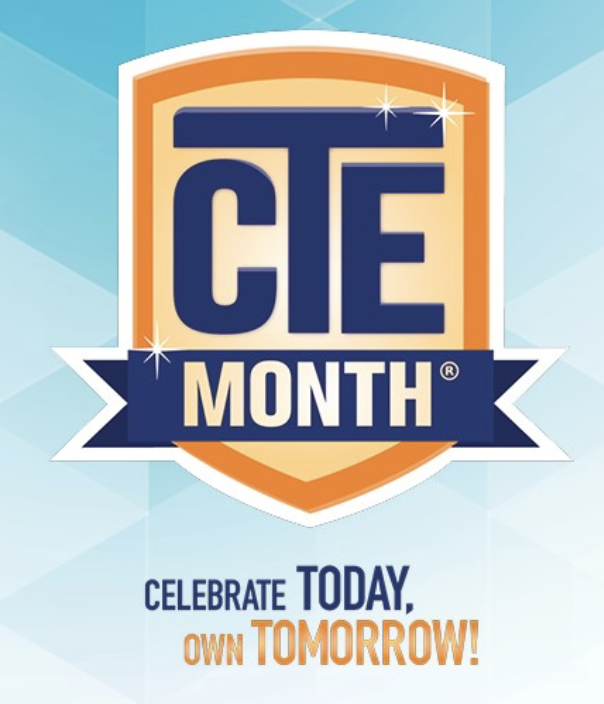
The request to “Check Your Networks” could mean to check your Internet network. We all depend on internet connectivity, and an interruption from a storm or equipment failure is frustrating. But I am referring to people networks, not digital networks. Developing and maintaining human networks are essential in any profession. They are necessary for all education professionals but critical for Career and Technical Education (CTE)teachers. Compared to other teachers, CTE teachers have more and different networks. All educators can benefit from mentors and school peers to rely on for advice and negotiate the organization’s culture.
Effective CTE teachers need four additional types of human networks. It is important to periodically reflect on how strong these relationships are and decide if the time is right to devote energy to expanding networks. These four networks are Industry Associations/Vendors, Local Employers, CTE Professionals, and Student Pathway Professionals.
Industry Associations/Vendors represent the technical skill area you teach, such as Construction or Automotive. Most of these skill areas have Not-For-Profit Associations, Unions, and Companies as part of the large industry community. CTE teachers stay current with the technology and needs of the industry through relationships and frequent communication with industry professionals. Some teachers may obtain certification in these technical fields when available and devote time in training programs from companies and vendors. Strong networks keep your skills current.
The second network may overlap with industry-related groups, and that is local employers. These employers may have employees with many different skills area, and working with peer teachers may be a strategy. These local employers can help host work-based learning sites, contribute content to instruction, and employ future graduates.
The third network category is your CTE Professional Association which includes the umbrella professional association ACTE for all CTE professionals. There are associations for program areas at the national, state, and regional levels. These associations provide professional growth and advocacy for growth and improvement in the wider education community. Parallel to the professional association is the network of adult volunteers who lead student leadership organizations, such as Skills USA and FFA. Your commitment of ideas, active membership, and volunteer leadership benefit the wider profession and the next generation of CTE teachers and students.
The final network is what I call Student Pathway Professionals. This includes teachers, counselors, and admissions officers in the educational institutions where your graduates may go on to further education and school grade levels where students might choose to enroll in your program. Consider this the network for student recruitment and placement. CTE is not an isolated program, nor is it a required program. Students working with education professionals decide to enroll in a CTE program and also decide whether to continue learning at a higher level. Developing relationships with teachers at middle schools and earlier high school grades help with recruitment. Relationship with technical program teachers in higher education helps with placement and creating an environment of a strong pathway to a career. Conversations with this network help to build an articulated and relevant curriculum.
Take time to reflect on your professional networks. If it needs expansion or refreshing, reach out to meet new people, and join new groups if necessary. While these networks help you and your students in the program, initiate new relationships by describing what you do and asking how your work might help them. Avoid starting a new relationship with a request to help you. Other professionals are busy, too, and welcome anyone offering something to assist them in reaching their goals. Industry Associations want to expand their brand recognition. Local Employers want to give back to the community. Professional organizations need volunteer leaders. Student Pathways Professionals want to help students find their passion. Check your people networks for greater benefit to your students and you as an education professional.

